A recent study was conducted by the Michigan Department of Environment, Great Lakes, and Energy which utilized the Scentroid DR1000. The study aimed to investigate the impact municipal solid waste landfills have on atmospheric methane. This remains a major contributor to global warming. Several methods of tracking methane were currently deployed – however, they held an uncertainty of approximately 50%.
For this project, the Scentroid DR1000 was equipped with a Tunable Diode Laser Spectrometer with a methane sensor (lower detection limit of 0.4 ppm). The sampling rate frequency was maintained at 2Hz with a resolution of 10 ppb. The DR1000 was also equipped with a GPS to receive data from several global navigational satellite systems. An onboard pressure sensor was included to measure altitude. While flying, the DR1000 recorded position, altitude, temperature, humidity, and ambient methane concentration.
“The quantification of landfill gas emissions requires measurements not only of ambient methane concentrations, but also of meteorological parameters such as the prevailing wind speed and direction, temperature, and pressure.”
Results found that emissions from both the active landfill face and the leaking gas collection systems are important sources of landfill emissions. This was a surprising development – Reported methane emissions from landfills typically do not account for contributions from the active face. Thus, greenhouse gas emission inventories are unfortunately downplaying landfills’ role in climate change.
Click Here to download a pdf of the study – DR1000 used in Landfill Methane Study

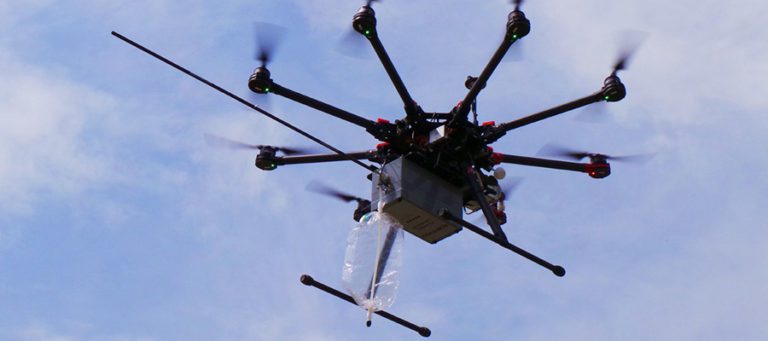
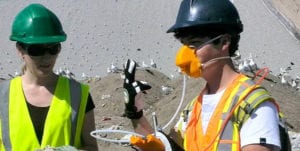




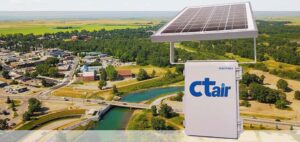
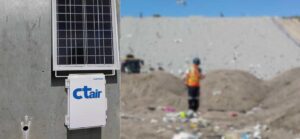
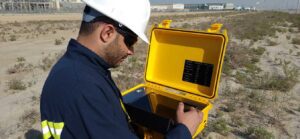
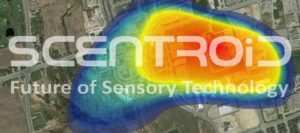

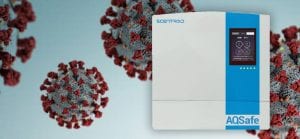


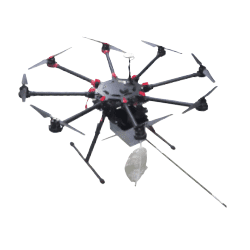
1 thought on “Breaking: Scentroid DR1000 Used in Landfill Methane Study”
Great article.